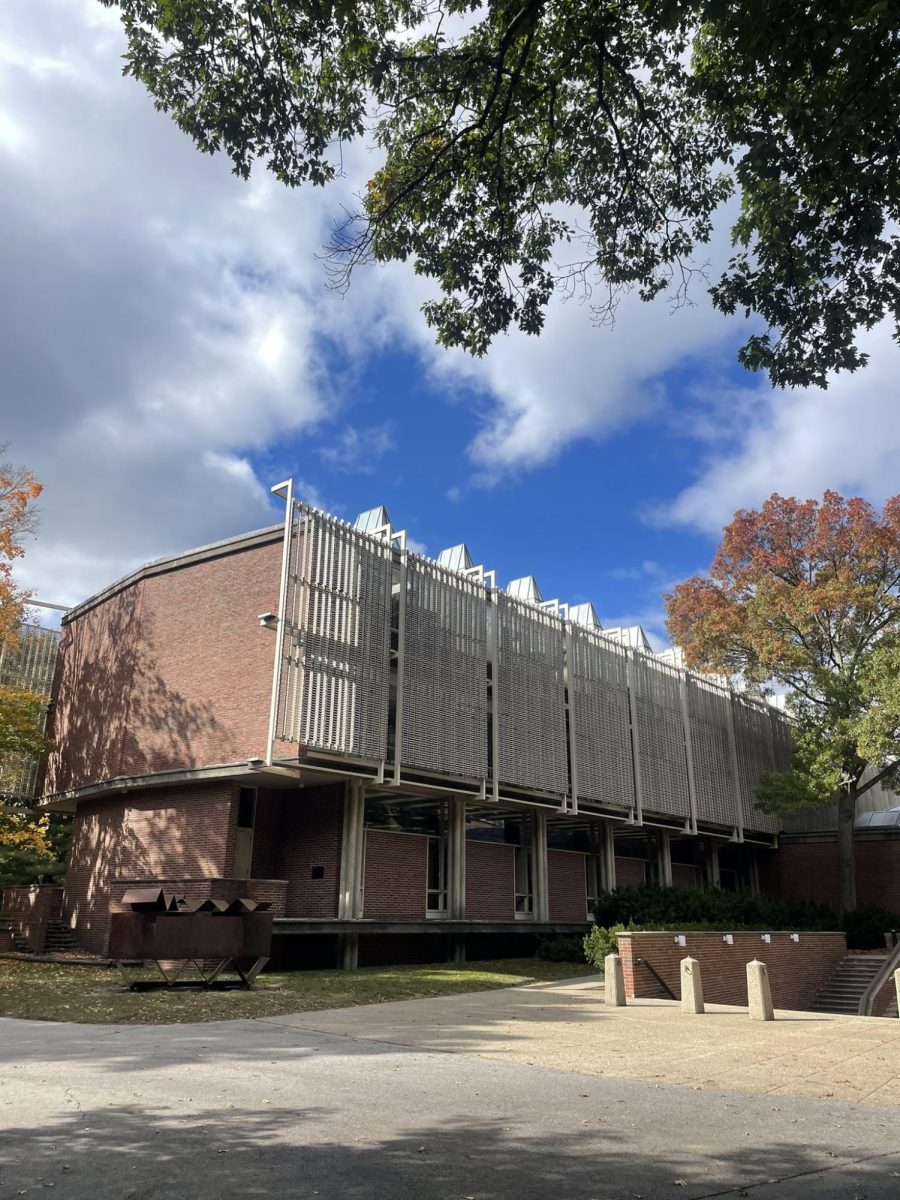On Feb. 25, students received an email from President Bottomly discussing the Board of Trustees meeting that took place that month. In the email, she explains that the cost of attendance for the coming academic year would increase by 4.2 percent from last year. The total cost of attendance for the 2016-2017 school year will be $63,913.
Bottomly attributes the increase to satisfying the proposed budget for next year. She also emphasizes that this decision wasn’t an easy one, and that, “this was a detailed conversation in which the decision was considered from many different perspectives.”
Although Bottomly claims that perspectives of students from multiple backgrounds were taken into account, some students feel as if they were left out of the conversation.
Jordan Dervishian ’19 is not sure whether this decision will affect her personally because she simply does not know enough about the tuition increase to make an accurate prediction.
“There’s not really much transparency about what it (the tuition increase) means for me or my aid. I guess I’ll know when I get the bill.”
Dervishian does not recall whether or not she received the email. When she looked through her mailbox, she realized she did not fully read it because the tuition increase was not the subject of the email.
Another student, Jenn Harris ’19 also doesn’t remember receiving an email and voiced concern about whether her parents received it.
Both students wondered about accessibility in the coming years.
“I chose Wellesley because of aid, and if my family contribution were to double, I would transfer,” says Dervishian.
According to Scott Wallace-Juedes, Director of Student Financial Services, students on aid should not worry about their family contribution being affected unless their financial situation changes drastically that year. He also emphasized that Wellesley College is very aware of the importance of accessibility and is committed to meeting 100% of demonstrated need.
“Wellesley has a long standing and deep commitment to need based aid.”
However, if a student’s financial situation were to change, for example if a sibling exits college, there would be a difference.
The aid office, The President’s Office and the Board of Trustees invest a lot of time in calculating the tuition for the next academic year. Discussion usually commences in the middle of the fall semester, and the decision is made by the February Board of Trustees meeting.
In the past four years, Wellesley’s tuition has increased steadily from 3.5% in 2012-2013, 3.5% in 2013-2014, 3.9% in 2014-2015 and 4.2% for 2015-2016. This increase is natural and expected because of the growing costs to maintain the college. Tuition is used to pay for operational cost and professor salaries among other things.
According to Wallace-Juedes, Wellesley is very fortunate to offer need-based financial aid because some institutions rely on merit based scholarship, which can limit the accessibility and funding for families that rely on aid to attend an institution. Although Wallace-Juedes does not work directly with communications, he can confirm that the college communicated the change in tuition to families of students through email.
“Other institutions may simply just throw it up on their website, and actually not make any communication efforts. So, the college is very cognizant of that.”
Photo by Megan Stormberg’18, Photography Editor






